Fruit and Vegetable Production
-
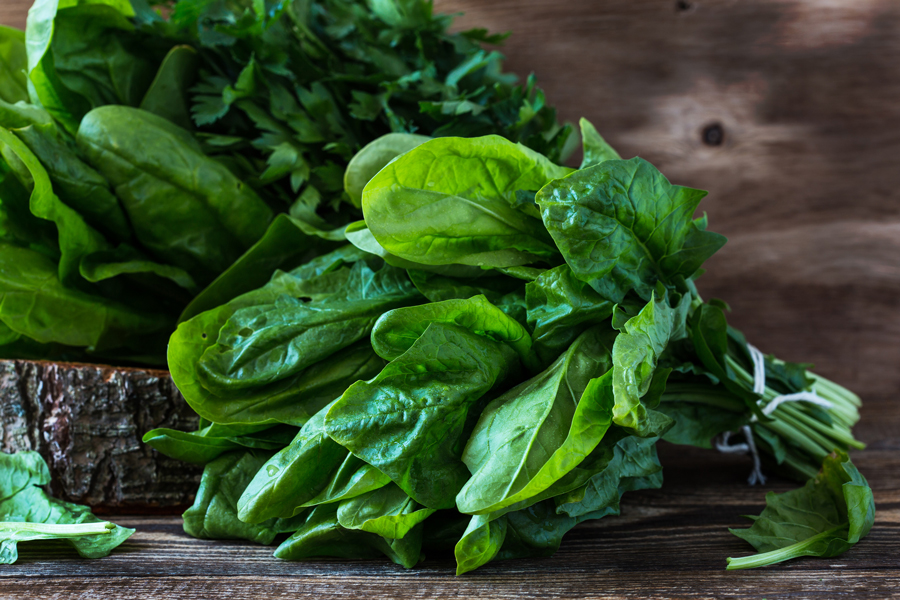
Spinach (Spinacia oleracea) is an important nutrient-dense leafy green, and its annual per capita consumption has significantly increased over the past decades. Spinach production in Georgia has experienced significant growth in the last few years, with over $400M in annual value, ranked first among all the other leafy green crops. Field spinach production is labor intensive, and the cost of weed management, harvest, and post-harvest accounts for 56% of the production cost. With the advantages of controlled environment agriculture in reducing labor costs and increasing production value with an extended growing cycle, hydroponic spinach has been gradually accepted and planted on a large scale.
Spinach is a cool season crop typically seeded during early spring or early fall. Summer season is often skipped because of pressure from insects, diseases, and weeds. Additionally, the optimal temperature for spinach seed germination is 65-70°F (18-21°C), and for spinach growth is 60-77°F (15-25°C). However, there is the possibility to grow spinach during summer in the greenhouse using a deep water culture hydroponics system that can minimize these pressures by focusing on heat-tolerant cultivar selection, germination improvement, and optimal hydroponic system implementation.
Rhuanito Soranz Ferrarezi and Kuan Qin
|
-
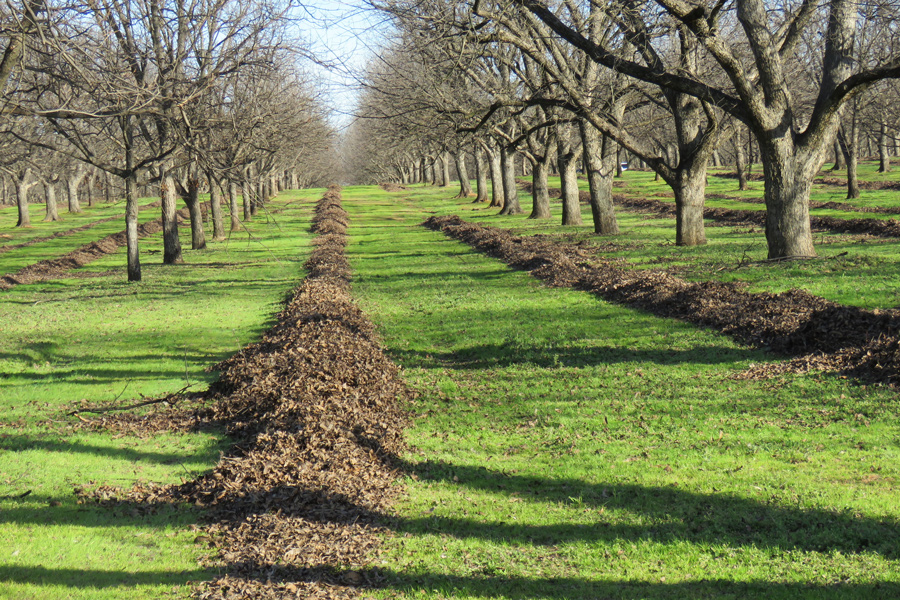
In order for a commercial pecan operation to be consistently successful, the goal of the operation should be annual production of a moderate crop of high quality nuts, rather than the production of a high yield in a single given year. Culturally, there are several basic factors that will help to promote optimum profitability with a commercial pecan orchard.
Lenny Wells and Kerry A. Harrison
|
-
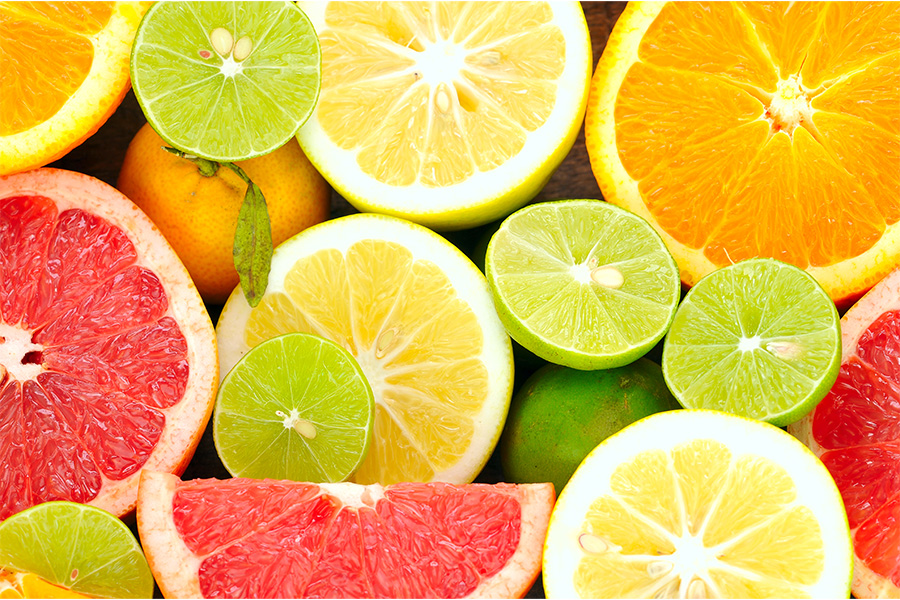
Citrus plants are very versatile around the home and may be used as individual specimens, hedges or container plants. Their natural beauty and ripe fruits make them attractive additions to the South Georgia home scene. Cold-hardy varieties that receive recommended care may grow successfully in the coastal and extreme southern areas of the state (and to a lesser degree in more northern locations).
Bob Westerfield and Jake Price
|
-
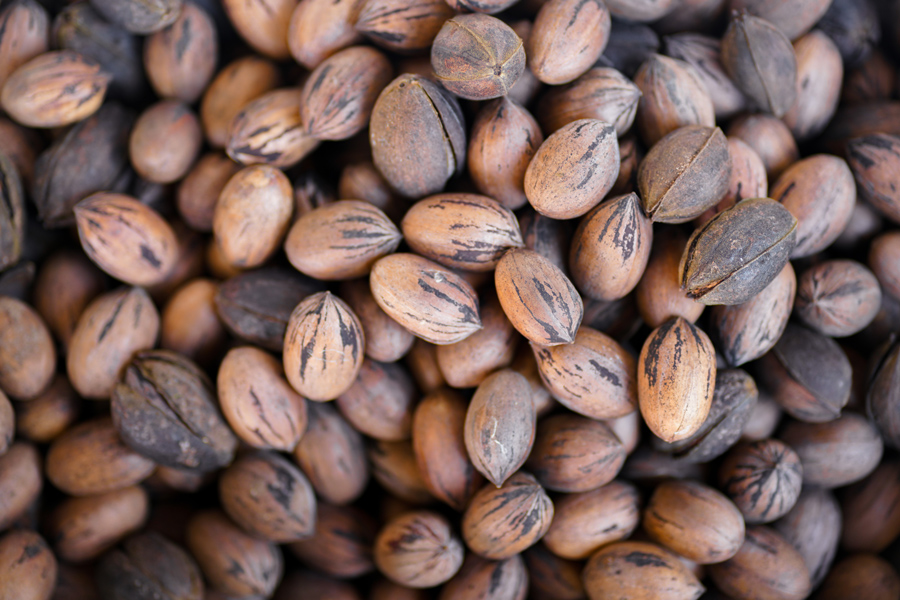
C 893
Mouse Ear of Pecan
Mouse ear of pecan is a growth abnormality resulting from a deficiency of nickel in the pecan tree. Only recently, the discovery was made that mouse ear indicates a severe nickel deficiency. The disorder occurs most frequently on newly transplanted trees in established orchards, but can also occur on sites where pecan has not previously been grown.
Lenny Wells
|
-
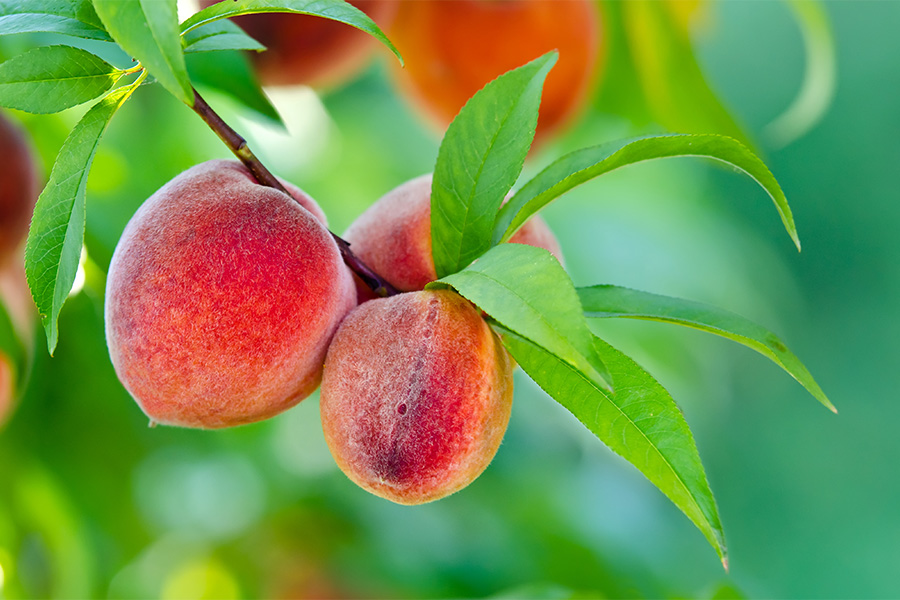
San Jose scale, Comstockaspis perniciosus (Comstock), is a pest of peaches, nectarines, plums, and other tree fruits including apples, pears, and cherries. San Jose scale is considered a secondary pest in many regions of the country, but in the Southeast U.S., it has been one of the most common and most destructive pests to the peach industry since the early 2000s.
Brett R Blaauw
|
-
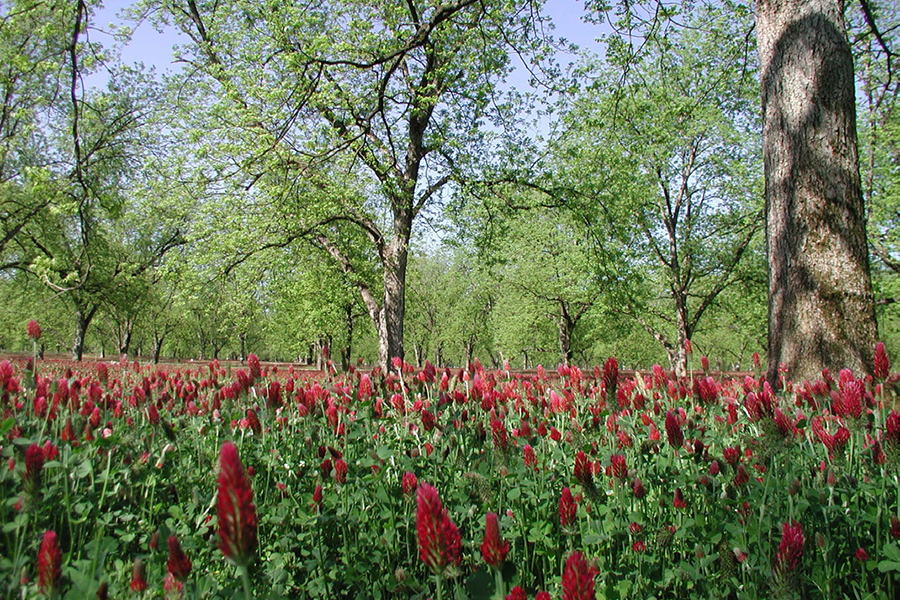
An orchard floor provides a working surface for orchard operations and influences activities in the trees, which produce the crop. An efficient orchard floor cover does not compete heavily with trees for moisture and nutrients and is compatible with orchard insect populations. While weed competition with tree roots is significant throughout the life of the tree, in a newly planted orchard, weed competition can significantly reduce young tree survival and can stunt tree growth. Weed competition can reduce tree growth and yield, as well as promote alternate bearing in mature trees.
Lenny Wells
|
-

Individuals who propagate trees have their own personal preferences with regard to propagation methods. As with many practices related to pecan production, timing is important for successful propagation.
Lenny Wells
|
-

Pecan production is considered by many who practice this endeavor to be as much an art as it is a science. Growers must integrate multiple disciplines in order to be successful. This book was created with the goal of being a comprehensive reference text for pecan growers, scientists, and county agents. It addresses pecan culture and management in the southeastern United States. For more information, visit https://pecans.uga.edu/
Lenny Wells
|
-
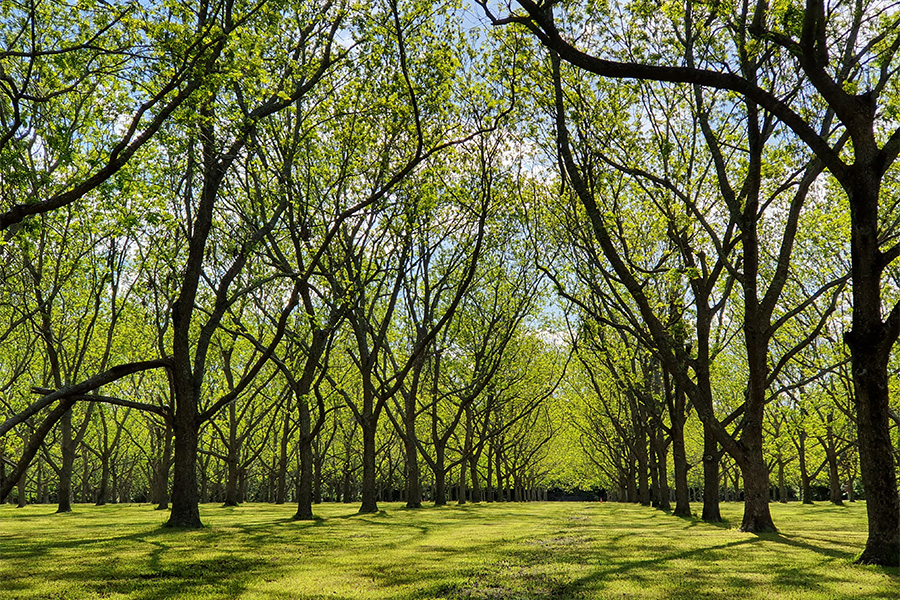
B 1314
Establishing a Pecan Orchard
This publication details the various components of establishing a pecan orchard for commercial production.
Lenny Wells
|